How to Write an Application Letter [Template + Example]
How to write a letter of application that'll make recruiters take notice? See letter of application example to guide you through the whole process.
Our customers were hired by:
Whether you’re performing experiments in the lab, gathering anthropological data or seeing how many open browser tabs your computer will tolerate before going critical, being a research assistant offers you more variety and intellectual engagement than many other jobs. ‘Interesting’ doesn’t begin to cover it.
At least, it can be that good. But the work of a research assistant can also be a dreary blur of all-nighters spent hunched over a laptop and days spent following the same experimental protocols over and over again, until n is sufficiently large to say something conclusive about whatever it is you’re studying.
This article is here to help you steer into a work life that gives you wings without crushing your own academic work or personal life. With plenty of cover letter samples for research assistant jobs, you’ll learn by example as much as exposition how to write your most effective research assistant cover letter ever.
Use the LiveCareer cover letter builder and your cover letter will write itself. Choose a professional template, answer a few easy questions and the creator will generate a professional cover letter for you with just one click.
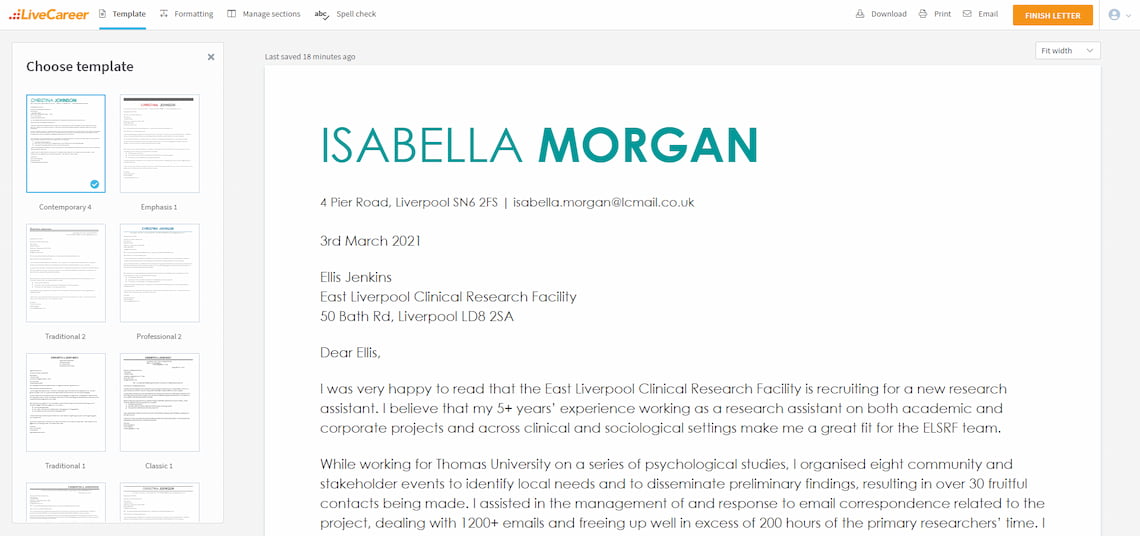
Considering other positions too? See cover letter examples for different jobs:
Want to explore other options? See our selection of cover letter examples for other jobs.
Isabella Morgan
4 Pier Road
Liverpool
SN6 2FS
070 2222 2222
isabella.morgan@lcmail.co.uk
3rd March 2021
Ellis Jenkins
Recruitment Officer
East Liverpool Clinical Research Facility
50 Bath Rd
Liverpool
LD8 2SA
Dear Ellis,
I was very happy to read that the East Liverpool Clinical Research Facility is recruiting for a new research assistant. I believe that my 5+ years’ experience working as a research assistant on both academic and corporate projects and across clinical and sociological settings make me a great fit for the ELSRF team.
While working for Thomas University on a series of psychological studies, I organised eight community and stakeholder events to identify local needs and to disseminate preliminary findings, resulting in over 30 fruitful contacts being made. I assisted in the management of and response to email correspondence related to the project, dealing with 1200+ emails and freeing up well in excess of 200 hours of the primary researchers’ time. I also analysed over 1 GB of data and wrote three reports on secondary findings that emerged from the project, two of these reports have since been reworked into grant applications potentially worth a total of over £400,000. This is not to mention the statistical analysis I performed throughout each phase, creating over 100 graphs, tables, and charts along the way.
As you can see, my background as a clinical research assistant has put me in good stead to handle the strictly scientific and mathematical aspects of my job whereas my interpersonal and communication skills help me to excel in the more sociological aspects.
Thank you for the taking the time to consider my application. I look forward to discussing with you how I can help ELSRF in the experimental design and execution phases of the Reeves project.
Yours sincerely,
Isabella Morgan
Now that’s a perfect cover letter! Learn how to write your cover letter with ease following these guidelines:
Just as your notes are set out a certain way, so too must your cover letter. Frame it with a header by aligning to the right: your full name, postal address, email, and phone number. Leave a line, type the date of writing in the form ‘23rd May 2021’, and drop down another line. Now switch back to left-alignment.
All that’s left to add are the recruiter’s or hiring manager’s details. In short, the person who’ll be reading your cover letter. Type out each of the following on a new line: the recruiter’s or hiring manager’s name, their job title, company or institution name, and the company’s or institution’s postal address.
Isabella Morgan
4 Pier Road
Liverpool
SN6 2FS
070 2222 2222
isabella.morgan@lcmail.co.uk
3rd March 2021
Ellis Jenkins
Recruitment Officer
East Liverpool Clinical Research Facility
50 Bath Rd
Liverpool
LD8 2SA
You can adjust every cover letter created in the builder to meet the job requirements. Choose the name of your profession and the company to which you’re applying, and the LiveCareer cover letter builder will automatically adapt the content for you. Create a cover letter faster than you ever thought possible and apply for the job in record time.
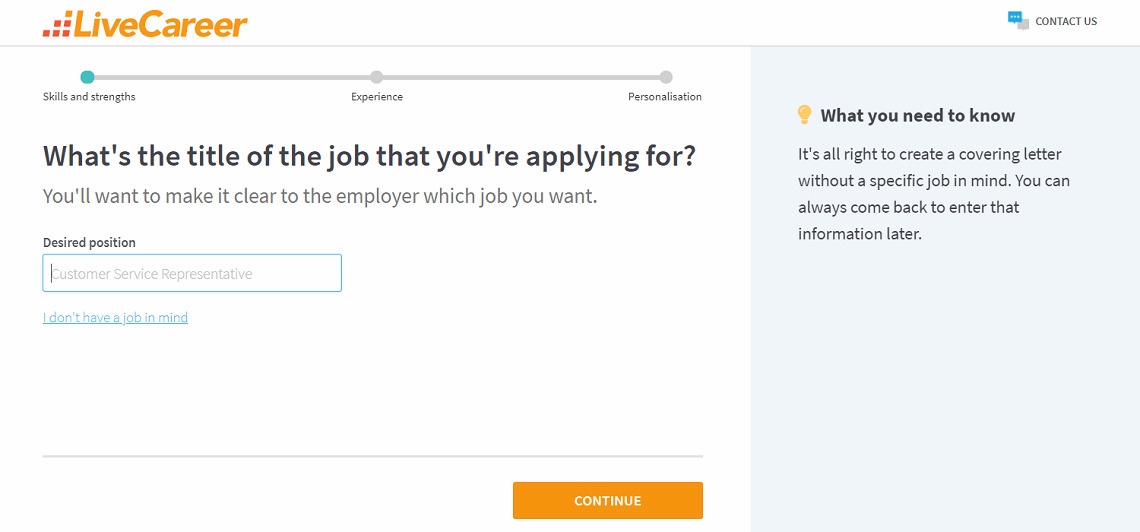
What if you don’t know to whom to address your cover letter? Consider it your first recruitment task to find out. A research assistant ought to be able to figure this out. Do some passive, desktop research to find out, but if that proves fruitless, don’t forget that calling up and asking is a fool-proof plan.
If the person to whom you’re writing isn’t too much more senior than you, and the organisation not too traditional, then ‘Dear + first name’ is a great way to address them. This greeting is both friendly and professional, while also being formal without being too stiff. It also avoids the need to use a gendered title.
You might not feel comfortable starting off on a first-name basis, though. Trust your better judgement and know that too formal is usually better than not formal enough in a research assistant cover letter. In such cases, go with ‘Dear + title + surname’, using ‘Ms’ for women without an academic title or military rank.
It happens more often than you might think that a person’s name fails to unambiguously indicate their sex. Once again, you ought to be able to find out, more or less discretely. If this proves impossible, though, then start your letter with ‘Dear + first name + surname’, e.g. ‘Dear Morgan Tate’.
Dear Ellis,
There are many over-achieving research assistants with impressive CVs applying to every research assistant position. The purpose of your cover letter is there to convince recruiter’s to read your CV. It’s also a sizeable chunk of text that takes more than a second to read. Grab your reader’s attention from the get go.
A good research assistant cover letter opening will do three important things. It’ll introduce you while showing your enthusiasm for the organisation, give a taste of what it is that you can bring to the table, and demonstrate that you’ll make for a good fit in terms of work ethic and culture.
The best way to show enthusiasm is not by gushing and flattering your reader. Rather, it’s demonstrating your knowledge regarding the organisation and its major projects that gives the impression of enthusiasm. Besides, a research assistant not doing adequate background research just looks bad.
If you have experience working as a research assistant, then you can hint towards what you can bring to your new employer by describing something that you were able to achieve for your current or former employer. You’ll find more information on how to generate these in the next section—you’ll be writing quite a few.
What if you’re writing a research assistant cover letter with no experience? Given that the vast majority of RA jobs require you to have at least a relevant Bachelor’s degree, the chances are overwhelming that you do have research experience, just not professionally. So focus on your studies and research projects.
Writing without any research assistant experience, you can augment your academic research experience with a belief statement. A belief statement allows you to make a brief case (1–2 sentences only) for why you’re a good match for the organisation. Focus on its values, mission, and culture.
Given the large number of organisations using Applicant Tracking Systems (ATSs) these days, there are a couple of simple actions you should take to boost your chances of getting past these algorithmic gatekeepers. Be sure to mention the name of the organisation to which you’re applying as well as the job title.
There’s one last thing you’ll want to mention here if it applies to you. By all means drop names if you were referred to the position for which you’re applying. The fact that someone within the organisation thinks you’d be a good fit is clearly relevant. Employers benefit from referrals and most know it.
So much is happening in this opening paragraph. You’re introducing yourself, describing a prior research achievement, slipping in some background knowledge on the organisation, possibly including a belief statement, and possibly mentioning a referral. And yet, keep it down to 40–80 words, no more, or it won’t get read.
I was very happy to read that the East Liverpool Clinical Research Facility is recruiting for a new research assistant. I believe that my 5+ years’ experience working as a research assistant on both academic and corporate projects and across clinical and sociological settings make me a great fit for the ELSRF team.
You don’t have to create any content yourself. The LiveCareer cover letter generator will automatically suggest the best content for your cover letter with ready-made examples and expert tips.
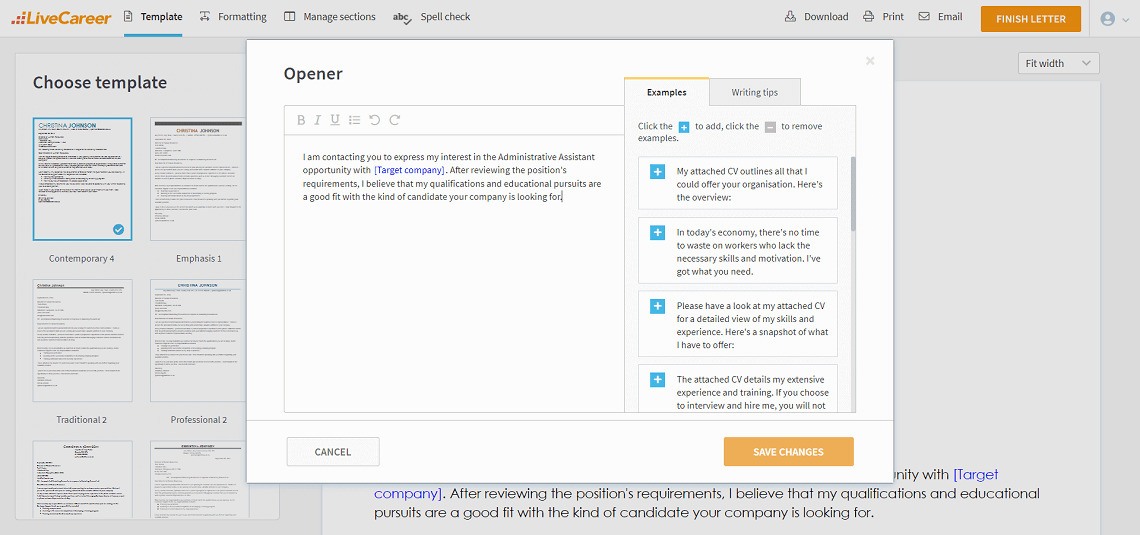
One thing you can say about the work of a research assistant is that it’s very results-driven. Use the main body paragraph/s of your cover letter to showcase the more impressive things you were able to achieve for past employers. Recruiters will be mapping that onto what they need from you.
The most effective way to do this is to, for each achievement, describe an action you took at work (often in response to a challenge or problem, even if only implicitly) and the benefits that went to your employer as a result. You can use something like the APR (Action+Problem=Result) formula to help structure your achievements.
The most important thing to keep in mind when writing up your achievements is to quantify as many aspects of each achievement as possible. This means putting numbers to the scale or frequency at which you did things and, most importantly of all, the benefits that went to your employer as a result.
Your main body paragraph will end up being made up of 2–3 such achievements, written out in quickfire succession with only minimal connecting sentences between them. It’s great if you can form a simple narrative or even argument out of these achievements, but it’s certainly not necessary.
You might consider breaking your achievement showcase into two separate paragraphs to enhance readability. You could even use bullet points if it’ll boost the clarity of your cover letter. As with every part of your research assistant cover letter, the shorter the better: aim for 120–200 words.
While working for Thomas University on a series of psychological studies, I organised eight community and stakeholder events to identify local needs and to disseminate preliminary findings, resulting in over 30 fruitful contacts being made. I assisted in the management of and response to email correspondence related to the project, dealing with 1200+ emails and freeing up well in excess of 200 hours of the primary researchers’ time. I also analysed over 1 GB of data and wrote three reports on secondary findings that emerged from the project, two of these reports have since been reworked into grant applications potentially worth a total of over £400,000. This is not to mention the statistical analysis I performed throughout each phase, creating over 100 graphs, tables, and charts along the way.
Tying up loose ends and following things through to a rational end-point are traits of a good research assistant. Reflect this in your cover letter structure by taking 40–60 words to summarise your experience and extract key themes from your achievements. Tie these back to your new employer if need be.
Thank your reader for the time and effort they’re putting into dealing with your application. Not only is just plain good manners, but it can also act in your favour to a surprising degree. End your cover letter on a confident (but not obnoxious) call to action (CTA) through which you make clear your eagerness to move forward.
As you can see, my background as a clinical research assistant has put me in good stead to handle the strictly scientific and mathematical aspects of my job whereas my interpersonal and communication skills help me to excel in the more sociological aspects.
Thank you for the taking the time to consider my application. I look forward to discussing with you how I can help ELSRF in the experimental design and execution phases of the Reeves project.
Some things are just a matter of protocol, and how you sign off is one of these. Use ‘Yours sincerely’ if you addressed your cover letter to someone by name. Use ‘Yours faithfully’ only in cases in which you were forced to use someone’s job title or recruitment function instead, like ‘Dear Recruitment Officer’.
Yours sincerely,
Isabella Morgan
Attention to detail is so important to the work of a research assistant that it’s a bit of a cliché to even mention it. Yet here we are. Written communication skills are also a de facto requirement for this kind of research work. So your research assistant cover letter absolutely cannot contain spelling and grammar mistakes.
Proofread your work at least twice, lean on any technological aids you need, and get someone else to check over it. Make the layout of your cover letter clear and easy to follow, using white space to separate one part from another. Use a simple template to enhance its readability. Save your work in PDF to protect this formatting.
Follow proven cover letter format. Your cover letter length should sit somewhere between 250 and 400 words in total, nicely filling an A4 page. Short cover letters simply read well. Choose a professional-looking CV font for your cover letter and make sure the overall look of your cover letter and CV match, reflecting the fact that they constitute a single application together.
A cover letter alone simply won’t be enough—you need an impactful CV, too. Create your CV in minutes. Just follow our wizard and fill in every CV section with ready-made content. Get started by choosing a professional CV template.
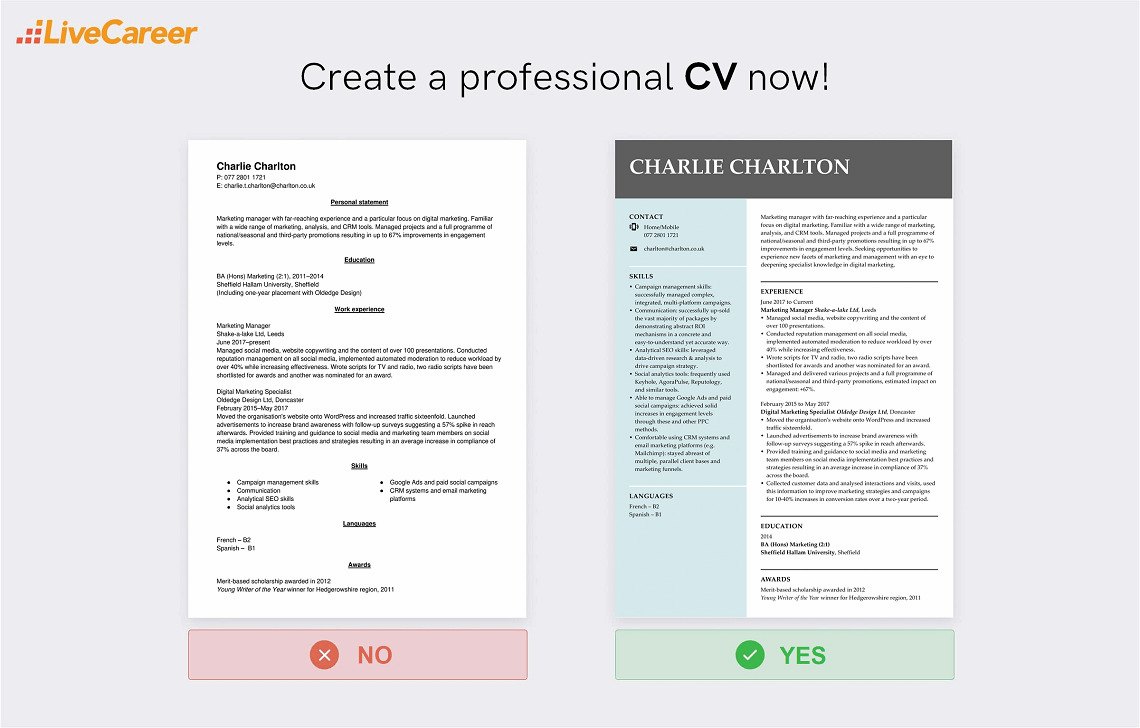
I hope this article has cut down on the research load in getting your research assistant cover letter ready to send. Was there something you wanted me to elaborate on? Please drop any comments, questions, experiences or feedback down in the comments section below and we’ll get back to you.
Our editorial team has reviewed this article for compliance with Livecareer’s editorial guidelines. It’s to ensure that our expert advice and recommendations are consistent across all our career guides and align with current CV and cover letter writing standards and trends. We’re trusted by over 10 million job seekers, supporting them on their way to finding their dream job. Each article is preceded by research and scrutiny to ensure our content responds to current market trends and demand.
About the author
Since 2013, the LiveCareer UK team has shared the best advice to help you advance your career. Experts from our UK editorial team have written more than one hundred guides on how to write the perfect CV or cover letter.
Rate this article:
Research assistant cover letter
Average:
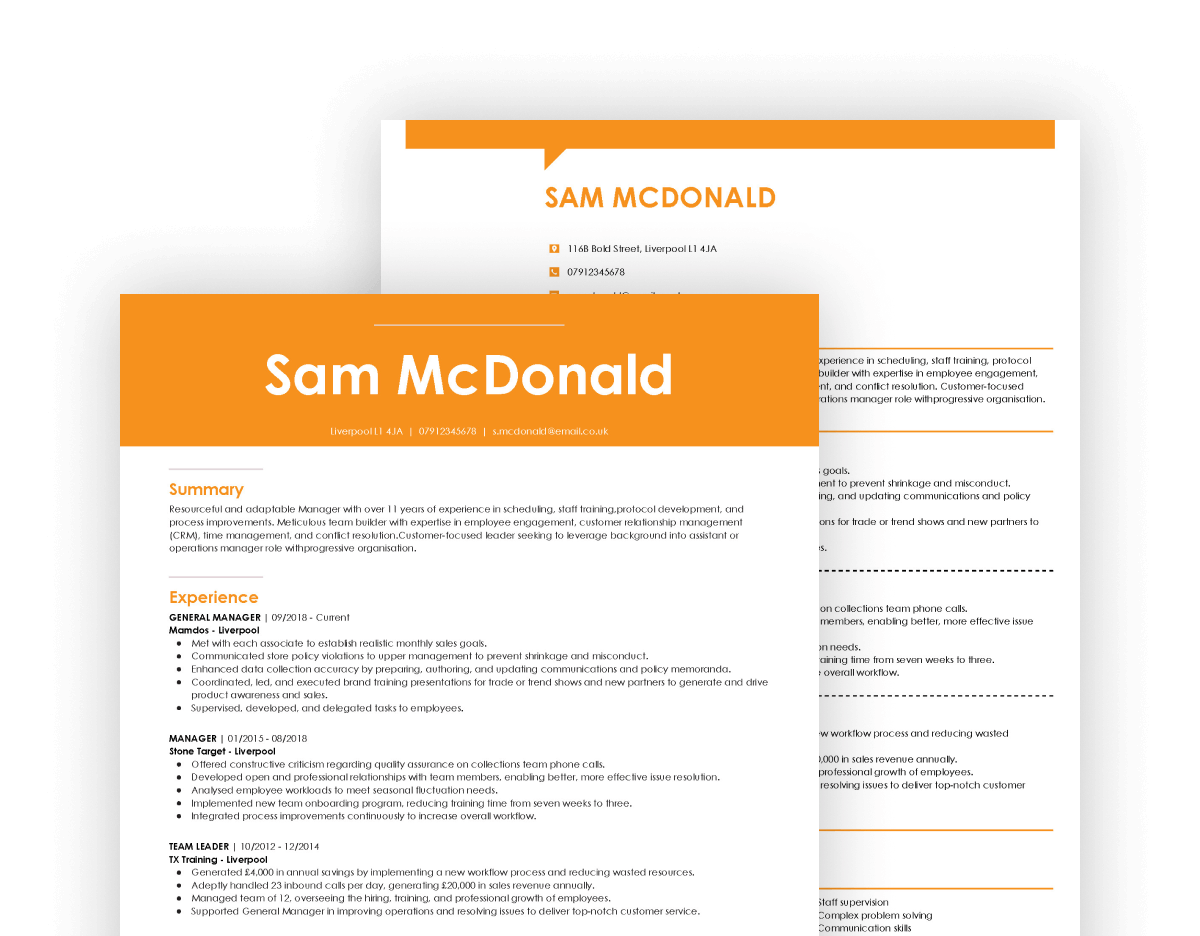
How to write a letter of application that'll make recruiters take notice? See letter of application example to guide you through the whole process.
Don’t do too much explaining in a career change cover letter, focus on the positives. Check our career change cover letter examples for inspiration.
Learn how to write an academic cover letter, whether as a graduate or post-doc. See academic cover letter examples for a university with great advice.
Our customers were hired by: